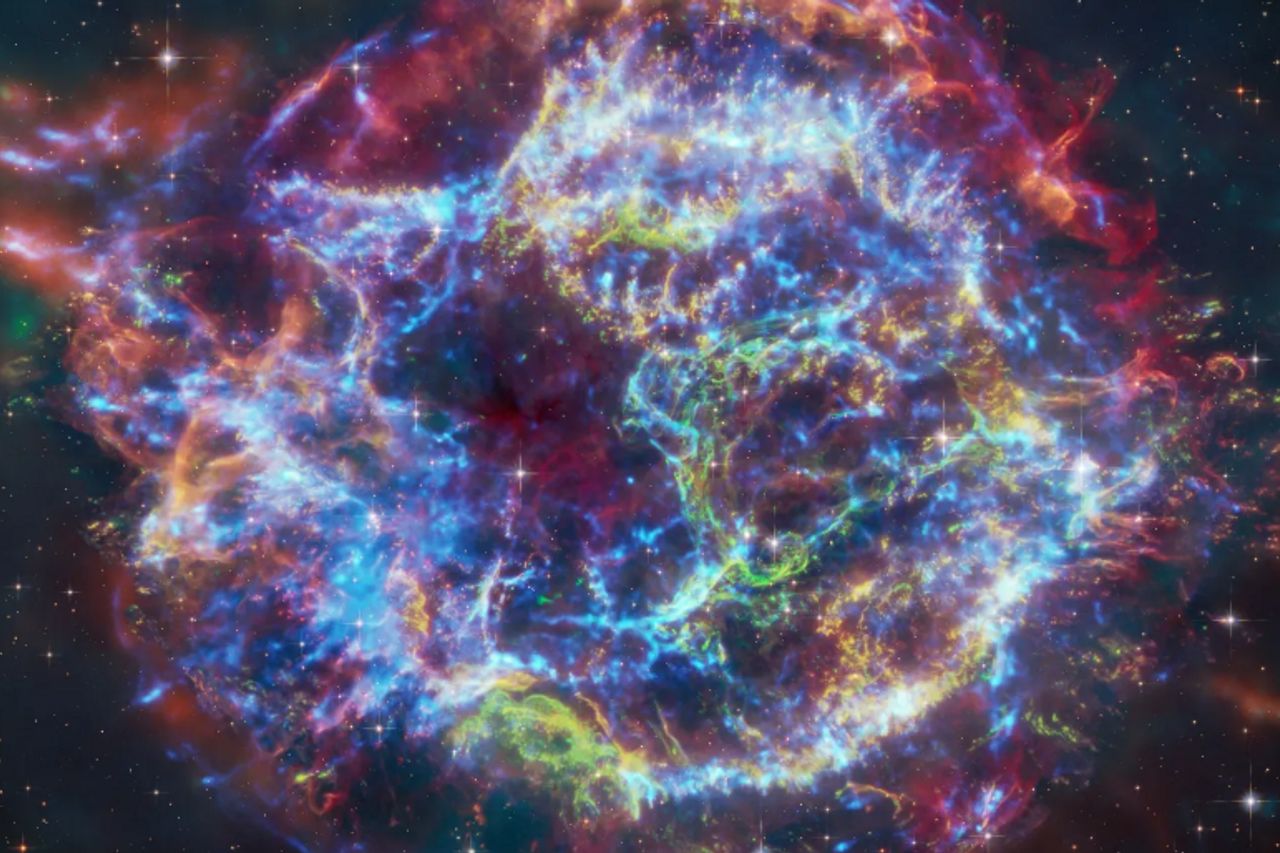James Webb Telescope Breaks The 'Green Moon' Structure In Cassiopeia A

JAKARTA - The United States Aeronautics and Space Agency (NASA) said astronomers were studying the structure of Cassiopeia A (Cas A), the supernova remnant of a massive star.
To study the structure, astronomers combined data from the Chandra X-ray observatory and the James Webb Space Telescope. They want to break the structure of the supernova debris called the Green Monster.
This Cas A supernova was first discovered in April last year. According to research by NASA team some time ago, Cas A exploded about 340 years ago. This supernova is about 11,000 light-years from Earth.
Through active observations using Chandra data, astronomers found elements of hot gas emerging in the debris of supernova Cas A. The data shows that the Cas A gas contains silicon and iron.
Meanwhile, X-rays from Chandra show that Cas A has iron and magnesium, silicon, and electrons around magnetic field lines. This element is identified with a red, green, and blue color display on the X-ray graph.
Based on these findings, the researchers concluded that the Green Monster was formed from a blast wave. This wave originates from a star explosion that hits the material in the surrounding region.
SEE ALSO:
The explosion debris was seen (by) Chandra as it was heated up to tens of millions of degrees by the shock wave, similar to the sonic boom from the supersonic plane. Webb can see some material that has not been affected by the shock wave, "explained NASA in an official statement.
Next, data support from Webb shows that radioactive material detected by X-rays helps the formation of original debris near supernovae. This debris eventually formed a cavity.
The fine structure in pure debris is most likely formed when the stellar inner layer mixes with the hot radioactive material produced during the collapse of the stellar core due to gravity, NASA explained.


